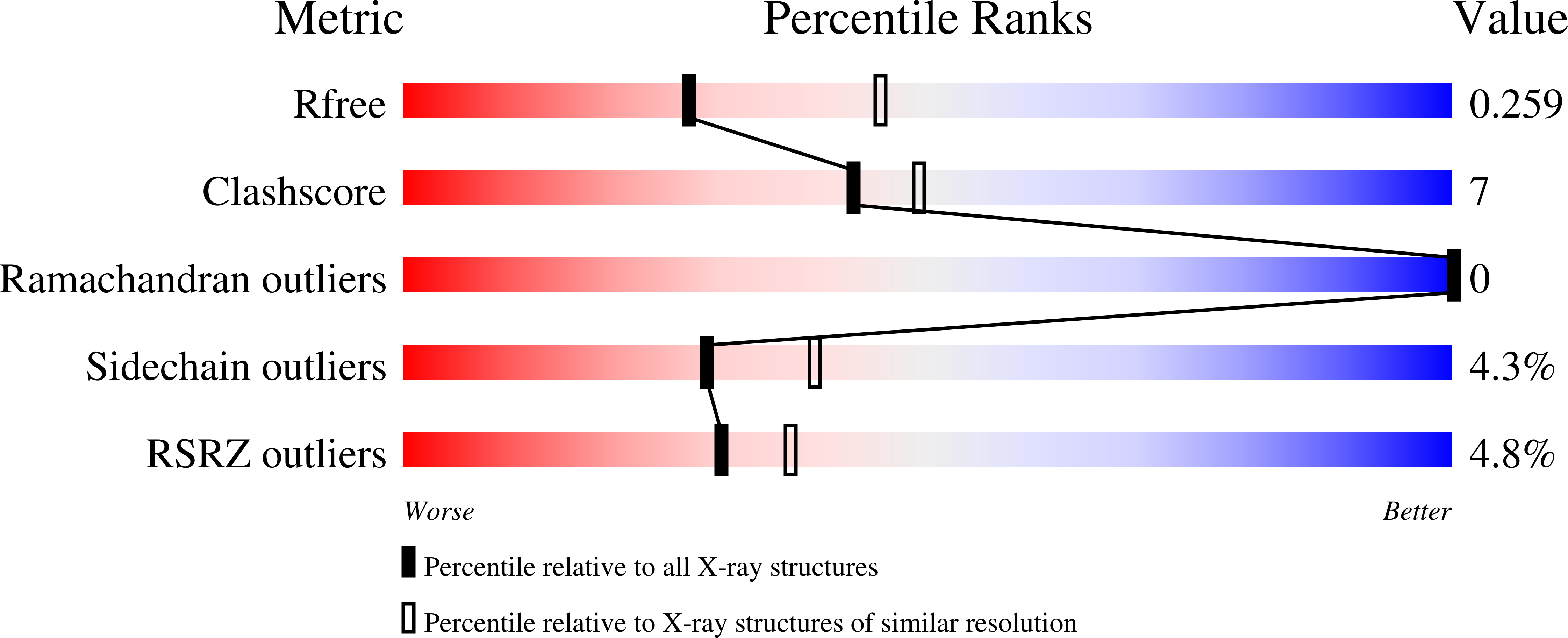
Deposition Date
2023-09-15
Release Date
2024-07-24
Last Version Date
2025-02-05
Entry Detail
PDB ID:
8U7F
Keywords:
Title:
Crystal structure of CIB_12 beta-galactosidase from Cuniculiplasma divulgatum
Biological Source:
Source Organism:
Cuniculiplasma divulgatum (Taxon ID: 1673428)
Host Organism:
Method Details:
Experimental Method:
Resolution:
2.55 Å
R-Value Free:
0.25
R-Value Work:
0.21
R-Value Observed:
0.22
Space Group:
C 1 2 1


